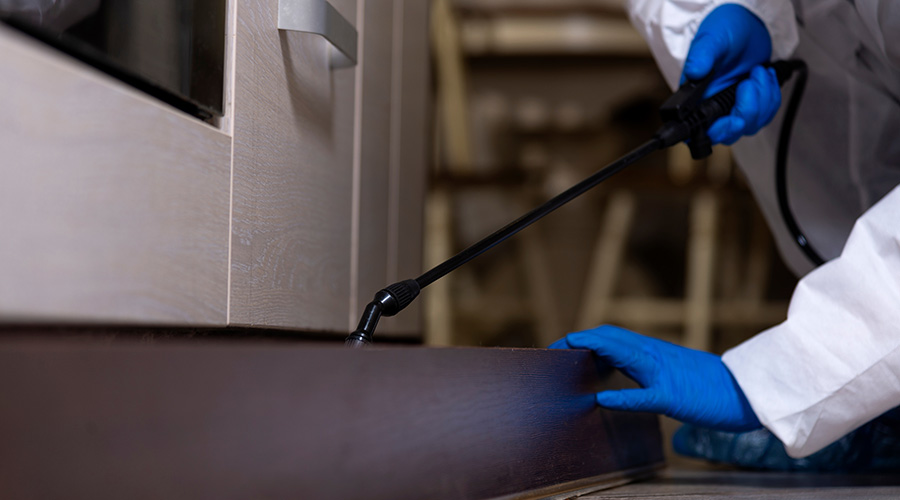Benefits and Impacts of a Facility Renewal Program
MD Anderson Cancer Center's facility renewal program takes maintenance from reactive to proactive
The benefits of MD Anderson’s facility renewal program include improvements in the use of department resources.
“We saw an increase of approximately 60 percent in resource utilization, primarily our financial resources,” Patel says. “In a reactive mindset, you typically wait for a problem to arise, then allocate funds to address those issues. We did not consistently, proactively pursue replacement or refurbishment of assets, including roofs. We were in a maintenance mindset. ”
The facility renewal program also ensures that the priorities of various groups in Patel’s department align with and support the organization’s overall goals. Take roofs, for example.
“We do have a group that handles building facades and roofs, and they do a great job of maintaining the roofs and repairing them as needed,” he says. “What this allowed us to do is ensure that the alignment of that program is viable with the building age and with the direction the institution is going with regard to our facility needs.
“For example, if a building is 50 years old and we need to keep it as a viable facility for another 10 years and then make sure that all of its infrastructure, including the roof, aligns with that plan. We’re developing another master plan for the institution, so we’ll be able to make sure that our facility assessments and facility renewal program align with that master plan, which includes roofing and building exteriors.”
The facility renewal program also enables operations and maintenance groups to plan tasks and projects more effectively and further into the future.
“It enabled us to be less reactive because now we can truly schedule and plan replacements of assets, which in turn is going to minimize disruptions and equipment downtime,” he says. “Now, because we have a multi-year program, we can plan for such things as an air handler replacement. We can identify that air handler needs to be replaced within three years. We can prioritize it with all of the other needs and allocate funding appropriately. That gives us a comfort level because we know what year that air handler is scheduled to be replaced.”
Beyond dollars and schedules, the program is changing the way operations and maintenance thinks about its activities.
“One other tangible thing that we got out of this was a heightened level of accountability,” Patel says. “We understand that we’re accountable for identifying issues and putting them into the program so that they get addressed. We have the ability to not hold just ourselves accountable but to also hold our peers accountable to ensure that they’re proactive in identifying issues. Our culture is more proactive now and less reactive, which is important for facilities organizations.”
Keys to success
Based on his facility renewal program experiences, Patel offers these descriptions of the keys to effective planning:
Inclusive. “Ensure stakeholders from all areas are involved in the process, not just facilities management. If they’re involved, they can understand how the program was developed and be more supportive of its outcome. More importantly, it adds transparency to the program.”
Flexible. “Develop a program that’s flexible so that as needs change, you can flex the program to align with those needs.”
Transparent. “Build transparency into the program because it allows you to obtain C-suite backing. That way, if you say, ‘Here’s our one- to five-year program,’ because everyone understands how the program was put together and everyone understands the accountability, they’re more likely to support the financial needs that go with it.”
By all indications, MD Anderson’s facility renewal program has improved its maintenance strategies and tactics, as well as its mindset, with important and tangible results.
“Traditionally, at MD Anderson as with many other institutions, maintenance groups have been reactive, and funding has been provided as needed,” Patel says. “What we’ve been able to do is project our funding needs and, in turn, maintain better uptime on our equipment and facilities.”
Related Topics:














